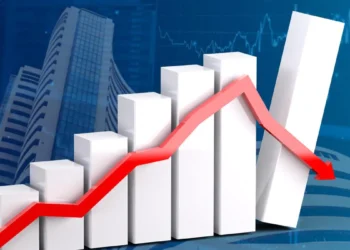In early Asian trade on Wednesday, oil prices saw a slight uptick following a more than 1% increase during the previous session.
Brent crude futures climbed 14 cents to reach $90.18 per barrel at 0215 GMT, while U.S. West Texas Intermediate crude (WTI) futures gained 12 cents to reach $86.81 per barrel.
These price increases come as concerns about a potential supply shortage have intensified after Saudi Arabia and Russia extended their voluntary supply cuts through the end of this year.
While investors had initially anticipated both leading oil producers to extend their voluntary cuts into October, the unexpected three-month extension has triggered a surge in oil prices.
Jorge Leon, senior vice president at consultancy Rystad Energy, remarked, “These bullish moves significantly tighten the global oil market and can only result in one thing: higher oil prices worldwide.”
The impact of these cuts on inflation and economic policies in Western countries remains uncertain. Still, higher oil prices could increase the likelihood of fiscal tightening, particularly in the U.S., to combat inflation, according to Leon.
Rystad Energy has estimated that global liquids demand will surpass supply by approximately 2.7 million barrels per day (bpd) in the next quarter.
Reflecting concerns about short-term supply, front-month Brent futures have been trading near 9-month highs, at $4.10 per barrel above prices for deliveries in six months.
Similarly, for U.S. WTI futures, the spread between the front-month contract and the six-month contract has widened to as much as $4.47 per barrel on Wednesday, also approaching 9-month highs.
Saudi Arabia announced that it would extend its voluntary oil output cut of 1 million bpd for an additional three months, extending until the end of December 2023, as reported by the state news agency SPA. Russia has also extended its voluntary decision to reduce oil exports by 300,000 bpd until the end of the year, according to Deputy Prime Minister Alexander Novak.
Both countries will conduct monthly reviews of these cut decisions, considering the possibility of deepening cuts or raising output based on market conditions, according to SPA and Novak.
Sugandha Sachdeva, executive director and chief strategist at Acme Investment Advisors, noted that “The decision to prolong output cuts underscores their dedication to price stability in a challenging market environment.” However, Sachdeva also cautioned that the annual refinery maintenance period in the U.S. from September to October could limit crude demand, potentially acting as a restraining factor on rising oil prices.










